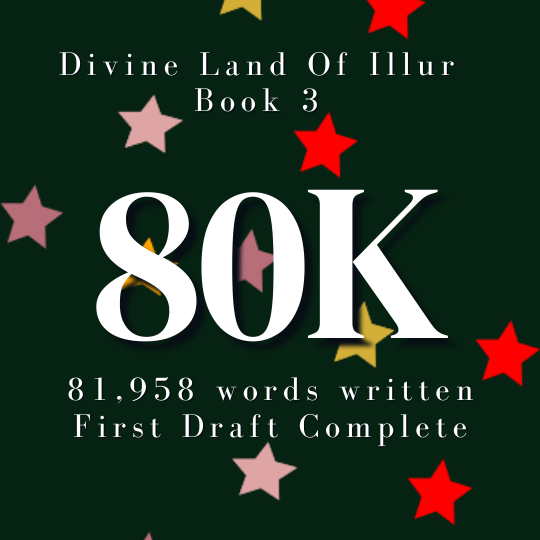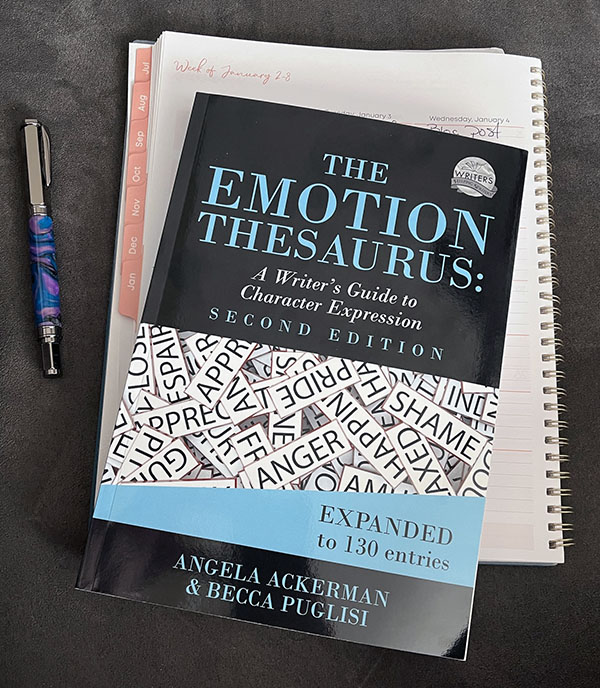I am happy to report the first draft of Book 3 in the Divine Land Of Illur Series is complete. I wrote 81,958 words. That is less than my first two books, but still within the goal of 80 – 90K. I also know there are many areas of the manuscript that need descriptions added. For this reason and others, the word count usually goes up during editing.
The next part of my quest for publication of Book 3 has already started. As of last night, the edit count is 33 out of 258 pages. This part of the editing process includes reading through the manuscript, ensuring it makes sense, and adjusting the structure of my writing. My goal is to make sure each paragraph sounds good, nothing is missing, and everything has continuity.
At the end of last year (about a month ago), I started purchasing/reading books to help improve my craft. There are many ways to get better at writing. Both practice and research are at the top of my list. Those who know me will tell you these two concepts are my primary goals when tackling almost anything. I like thoroughly researching everything I do. I also realize theory and practice are very different. One must move on to doing the thing that was researched to get a practical understanding.
All of that was to say I picked up multiple books recently, one of which was The Emotion Thesaurus by Angela Ackerman and Becca Puglisi. There were many recommendations for this book on social media, so purchased a physical copy. Now that I have it, I understand why it has so many raving reviews. It goes in-depth into many emotions. I admit to using similar outward expressions for multiple emotions, and this book provides ideas to get out of the habit of using the same movements repeatedly.
I also believe using this book makes a writer really think about what the character is feeling.
For example: Edan breathed out slowly before responding.
The sentence is not bad, but there are issues in only using “breathing out” as your sign of emotion.
– The phrase “breathing out/in” is universally used as a crutch for all authors (I absolutely include myself in this).
– There are stronger outward signs of emotions.
Continuing our example, let’s say I want to express apprehension as the emotion Edan is experiencing. I flip open the book to the table of contents to see that apprehension is on page 52. Each emotion has two pages of information that includes:
- Definitions
- Physical signals and behaviors
- Internal sensations
- Mental responses
- Acute or long-term responses for this emotion
- Signs that the emotion is being suppressed
- May escalate/de-escalate to (references other emotions in the book and provides page numbers).
- Associated power verbs
With this knowledge I can now re-write my sentence to:
My hands found each other, and I gripped them together tightly. The response I whispered to Henth was weak through the tightening of my chest.
The wording still needs some work, but overall these two sentences give the reader so much more information about the character’s emotion.


